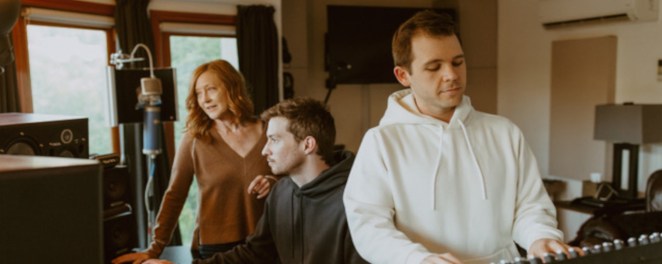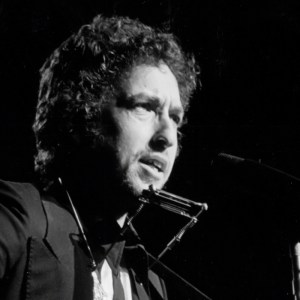Written by Judy Stakee
Videos by American Songwriter
The creative process is the time, space, and tools you need in order to create your art.
Time
In our digital era of immediate gratification, the art maker is often encouraged to create art hastily. Maintaining an audience’s attention is prioritized over the actual quality of the work. In that way, capitalism and technology conspire to prevent the artist from slowing down and taking time with their art. Still, it is our job as creatives to—as much as possible—provide ourselves with the time needed to make things that we love.
“Taking time” may, at first glance, feel like a passive process. But, it is not. “Taking time” looks like jotting down and brainstorming new ideas every morning. It looks like letting those ideas incubate in your head for a few weeks before turning them into song. It looks like poking and prodding at song concepts to figure out your angle. It looks like picking up a half-finished song and putting it down over the course of a few weeks until it is finished. In all of these ways and more, “taking time” is a very active process.
This is also a process that demands you go one step at a time. You should not be worried about marketing and packaging a project before you have written the songs for the project. It is ok for projects and creative ideas to develop slowly. In fact, it is natural. Give yourself the gift of time.
Space
An artist’s relationship to the environment around them can have a huge impact on their work. A lot of songwriters thrive by visiting new studio spaces every day; the visual stimulation of multiple settings helps them stay engaged. On the other hand, a lot of producers prefer to work in their own space; their familiarity with their own ear and their studio’s acoustics help them create the best product. I encourage songwriters and artists to figure out what they need from a creative space.
When creating your own space, determine your needs: instruments, gear, a couch for comfort, and well-positioned sound boards to limit the impact of sound on your neighbors. Then, determine your desires: color on the wall, a lava lamp for optimum vibiness, or an assortment of books you can peer into for lyrical inspiration. Your creative space should accomplish two important tasks: housing the tools of your trade and providing the necessary stimulation for creation.

Tools
Now that we’ve discussed the importance of time and space in the act of creation, let’s discuss tools. Your creative tools are all of the things you need to create. Songwriters, at the very least, should equip themselves with the following tools: a rhyming dictionary, a guitar or piano, a computer, a DAW, a microphone, an interface, a set of headphones, pens, and pads of paper. Producers of course need to outfit themselves with a bevy of plug-ins, hard drives, and other gear in order to work effectively.
Beyond these tangible tools, you might add some intangible tools to your arsenal. I’m thinking, of course, of metaphors, similes, hyperbole, alliteration, and other linguistic devices you can employ to craft your songs.
Have these tools—tangible and intangible—at the ready when you feel the itch to create. When inspiration is met with the right tools, you can get to work quickly and effectively.
Putting it all together
Now that we understand what is necessary for our creative process, we can put it all together. Place your tools into your creative space and give yourself the time to create. As you feel the flow of creativity, make sure to check in with yourself from time to time. Ask yourself, “Do I have all the tools I need, or do I need more?” “Is this space still inspiring me creatively? and “Does this project demand more time?
As you get deeper and deeper into the creative process, your wants and needs will change. You might discover that a tool that once worked for you, no longer does. You might realize that a change in environment will be the catalyst for your creativity. Ultimately, you may discover that you need more and more or less and less time in order to execute your vision. Be true to yourself.
What will always be constant is that tools, space, and time will help you create the art you’ve always dreamed of making
For information and to sign up for Judy’s TN Retreats click HERE.
Photos by Emily Magers Photography
